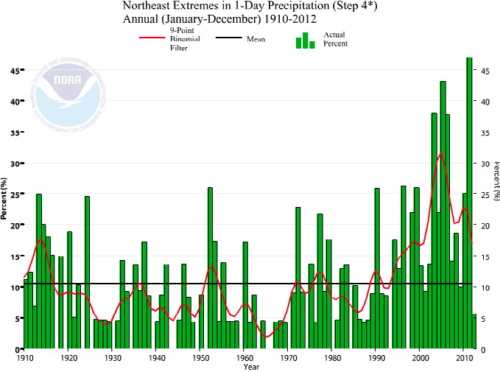Stormwater Management: 2022 Plumbing Code Updates
November 1, 2022 Newsroom
The 2022 New York City (NYC) Construction Codes go into effect on November 7th. With these new codes rapidly approaching, it is imperative to understand how your project will be impacted.
The most significant changes to the Plumbing Code are related to the capture, release, and reuse of stormwater. The changes potentially increase the area within a building that is required to detain stormwater on-site while encouraging its reuse.

Due to climate change, the frequency of 100-, 10-, 2-, and 1-year storms has increased. Just in 2021, the northeast experienced three, 100-year storm events. This, along with the increase of impervious area, has created a rainwater run-off emergency in NYC.
The new code attempts to deal with our new reality by severely limiting the rate of stormwater that a building is allowed to discharge to the city sewers. The code also expands on a building’s ability to reuse stormwater for cooling towers, flushing, and irrigation systems.
Stormwater Construction Permits:
These permits apply to all covered development projects in NYC that meet one of the following criteria:
- Disturbs 20,000 square feet of more of soil
- Creates 5,000 square feet or more of new impervious area
- Covered maintenance activity (Right-of-Way Projects)
If a project requires this type of permit, a Storm Water Prevention Plan must be prepared. This plan must meet up to four of the following requirements:
- Erosion and Sediment Control
- Water Quality
- Runoff Reduction
- No Net Increase
The need to satisfy these requirements is based on the extent of work proposed, the location of the work, and the type of sewers situated around the site.
House/Site Connection Permits:
These permits are required when a project proposes a new sewer connection of NYC DOB requires a House/Site Connection Proposal. This proposal triggers the requirement for the site to manage the peak rainfall runoff of a 10-year storm. This can be accomplished by:
- Detention Systems: Designed to slow and temporarily hold an accumulation of stormwater runoff and release it at a controlled rate.
- Retention Systems: Designed to capture an accumulation of stormwater runoff on site through infiltration, evapotranspiration, storage for reuse, or some combination of these.
 Stormwater control/collection methods, such as green roofs, blue roofs, and storage tanks, may need to be incorporated into the plumbing, architectural, and structural designs of new buildings or existing buildings undergoing renovations to help mitigate the impact on the municipal sewer system during rainstorms.
Stormwater control/collection methods, such as green roofs, blue roofs, and storage tanks, may need to be incorporated into the plumbing, architectural, and structural designs of new buildings or existing buildings undergoing renovations to help mitigate the impact on the municipal sewer system during rainstorms.
Collado Engineering is here to help our clients while you are navigating the new codes and their impacts on your project. Be they stormwater management regulations discussed above or the changes relating to newer materials, construction techniques, and design practices, Collado’s team has the expertise to make the transition as painless as possible.